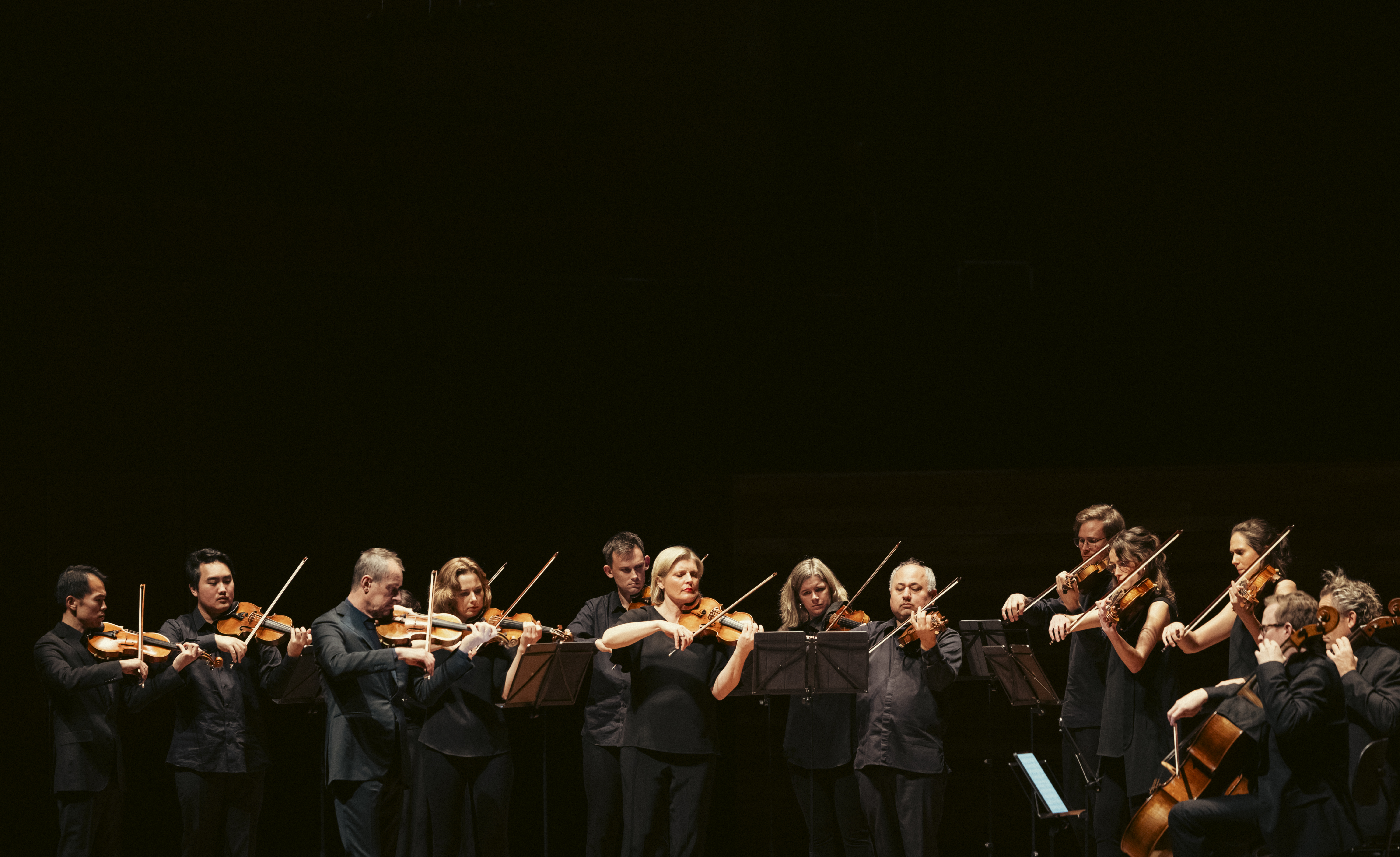
Is it enough simply to play the music? How much of the original sound of these works can we re-create? Do we even want to? Violinist, conductor and composer Richard Tognetti explains that while the score of [Beethoven’s] fifth symphony leaves little room for speculation, the concerto is another matter.
The concerto was written quickly, which is why [violinist Franz] Clement received his part only 48 hours before the premiere, and without the same attention to detail one finds in the fifth symphony. Moreover, if there were sketches for the concerto – and Beethoven was an inveterate sketcher – then they have been lost. So the score is open to interpretation in various ways, including tempo and dynamics, and there are few easy or obvious solutions.
Take the “non troppo” marking. How flexible can one be? “When I hear the big minor section in the development in tempo I feel ripped off,” Tognetti says. “But when it’s too slow it loses that connection to the opening timpani beats. “As for the dynamic markings, it takes a certain discipline to present the range expressed by Beethoven in the solo part. The frequent use of p and pp is daunting and counter-virtuosic, but I’m going to attempt to take these at face value. Of course we still need to present an audible rendition with ausstrahlung (presence) in the large halls we have to play in.
“But one clue to the character of the piece might be the number of times Beethoven indicates for us to play dolce (sweetly) in the first movement. think it’s seventeen! And there’s only one espressivo – and not where you’d think it would be. Compare this to the fifth symphony, which has just one dolce marking and no espressivo!”
Other clues to performing the work could come from what we know of the playing style of the original soloist. Short of turning his instrument upside down after the first movement, are there things Tognetti can try to emulate?
“Slavishly trying to re-enact Clement’s first performance would be folly,” Tognetti says. “Even after reading descriptions of his playing style, I don’t think one would end up sounding anything like him. But at least by considering this issue we open doors. “Possibly, with his expression and dynamic markings, Beethoven was incorporating Clement’s style and sound, which at the time was noted – and indeed criticised – for being elegant and old fashioned, in the sense that his sound wasn’t robust.”
One aspect of the music that can certainly be brought into sharper focus with attention to historical practice is its balance.
“I’ll be back on gut strings,” Tognetti says. “Wind, brass and timpani players will provide insights into the performance with their copies of early 19th-century instruments. Tutti strings will be on gut with pre-Tourte and Tourte (modern era) bows. These instruments offer us the best sense of balance and sonic textures that serve to bring this particular reappraisal to life.”
